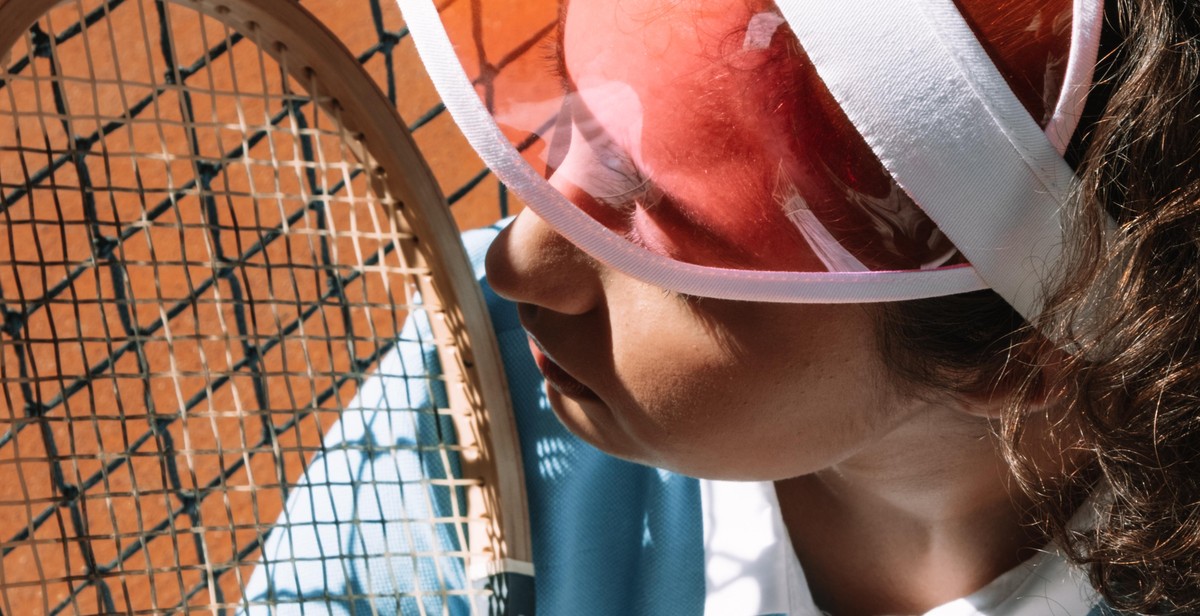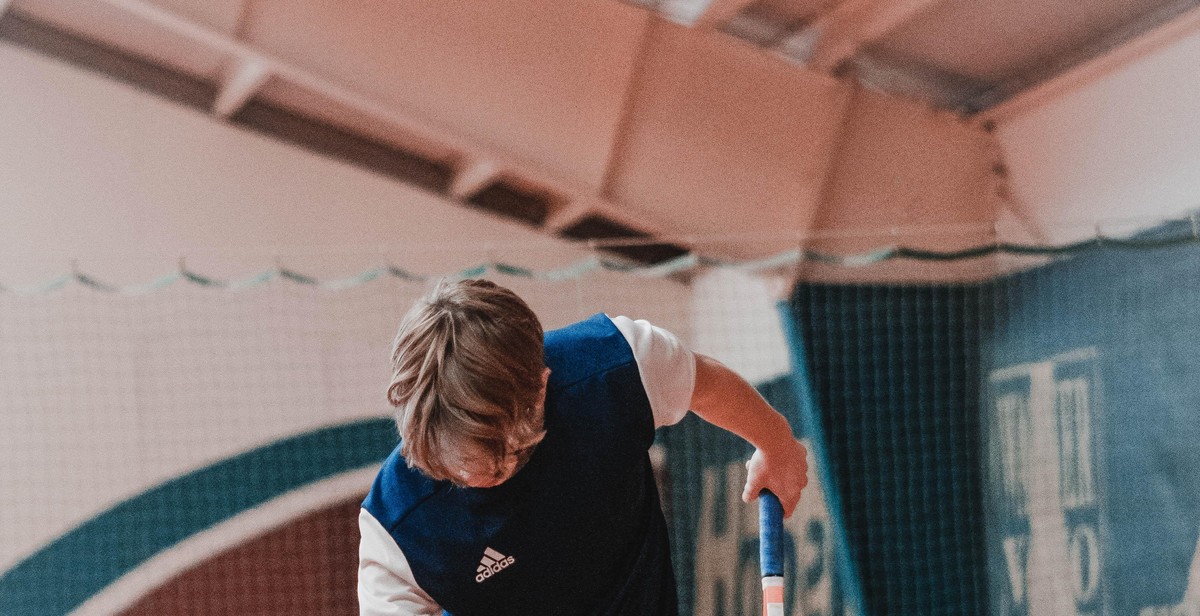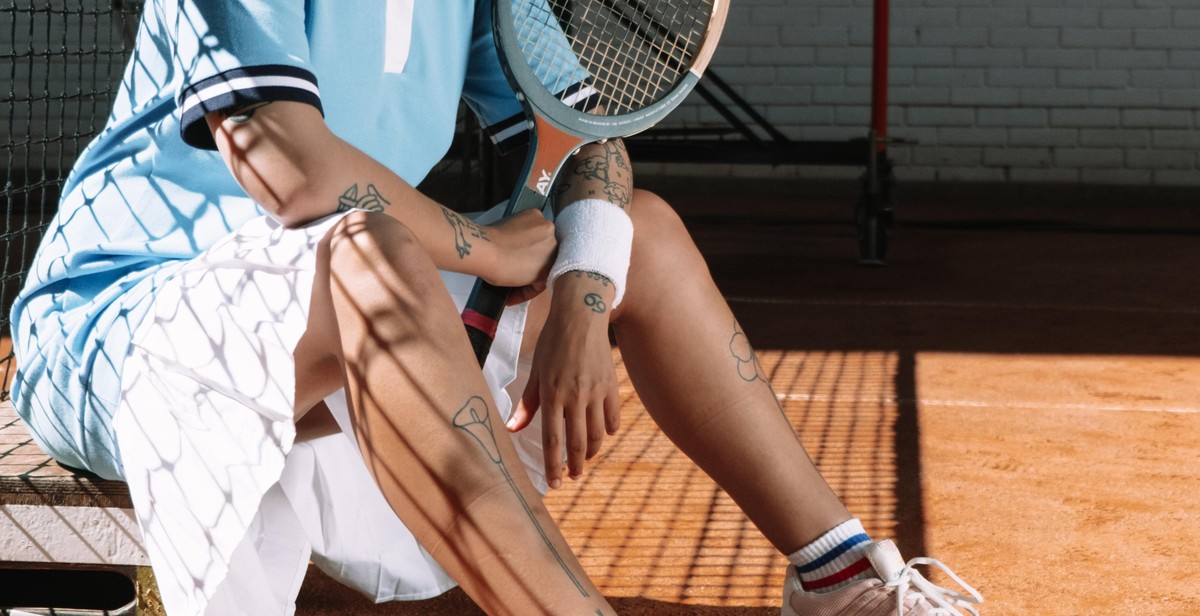How to Choose the Right Tennis Racquet for Your Playing Style
Choosing the right tennis racquet is crucial for any tennis player, regardless of their skill level. It’s not just about finding a racquet that looks good or is popular among your friends. Your racquet is your most important piece of equipment, and it can significantly affect your game.
Why Choosing the Right Tennis Racquet is Important
First and foremost, the right tennis racquet can help you improve your game. It can help you hit the ball more accurately, generate more power and spin, and reduce the risk of injury. On the other hand, using the wrong racquet can hinder your performance and even cause injuries.
Choosing the right tennis racquet also depends on your playing style. Different racquets are designed for different playing styles, such as baseline, serve and volley, and all-around. It’s important to choose a racquet that complements your playing style and enhances your strengths while minimizing your weaknesses.
Moreover, the right tennis racquet can improve your overall comfort and enjoyment on the court. It can help you feel more confident and in control of your shots, which can lead to a more enjoyable and fulfilling game experience.
In this article, we’ll guide you through the process of choosing the right tennis racquet for your playing style, so you can take your game to the next level.

Understanding Tennis Racquet Specifications
Choosing the right tennis racquet involves understanding the various specifications that determine the racquet’s performance and suitability to your playing style. Here are the key specifications to consider:
Head Size
The head size refers to the area of the racquet’s string bed. A larger head size means a larger sweet spot and more power, but less control. A smaller head size provides greater control but less power. Most racquets have a head size between 95 and 110 square inches.
Weight
The weight of a tennis racquet affects its maneuverability and power. A heavier racquet provides more stability and power, but can be more difficult to maneuver. A lighter racquet is easier to maneuver, but may lack power. Most racquets weigh between 9 and 12 ounces.
Balance
The balance of a tennis racquet refers to the distribution of weight along the length of the racquet. A head-heavy racquet provides more power, while a head-light racquet provides more control. A balanced racquet offers a blend of power and control.
Length
The standard length for a tennis racquet is 27 inches, but some racquets are longer or shorter. A longer racquet provides more reach and leverage, while a shorter racquet is more maneuverable.
String Pattern
The string pattern refers to the number of strings and the spacing between them. A denser string pattern provides more control, while a more open pattern provides more power. Most racquets have a string pattern of 16×19 or 18×20.
Grip Size
The grip size of a tennis racquet affects your comfort and control. A grip that is too small can cause your hand to slip, while a grip that is too large can be uncomfortable and make it difficult to maneuver the racquet. Grip sizes range from 4 to 4 5/8 inches.
| Specification | Effect on Performance |
|---|---|
| Head Size | More power with larger head size, more control with smaller head size |
| Weight | More stability and power with heavier racquet, easier maneuverability with lighter racquet |
| Balance | More power with head-heavy racquet, more control with head-light racquet, balanced racquet offers blend of power and control |
| Length | More reach and leverage with longer racquet, more maneuverability with shorter racquet |
| String Pattern | More control with denser pattern, more power with more open pattern |
| Grip Size | Comfort and control affected by grip size |

Identifying Your Playing Style
Choosing the right tennis racquet requires an understanding of your playing style. Your level of play, swing style, and physical attributes are important factors to consider when selecting a tennis racquet.
Your Level of Play
Beginner players should choose a tennis racquet with a larger head size and a lighter weight. This will provide a larger sweet spot and make it easier to hit the ball. Intermediate and advanced players, on the other hand, should opt for a heavier racquet with a smaller head size. This will provide greater control and power, which is necessary for players who hit the ball with more pace and spin.
Your Swing Style
Players with a long and fast swing should choose a racquet with a stiffer frame and a smaller head size. This will provide more control and precision. Players with a shorter swing should choose a racquet with a larger head size and a more flexible frame. This will provide more power and help compensate for a shorter swing.
Your Physical Attributes
Your physical attributes, such as height, strength, and playing style, should also be considered when selecting a tennis racquet. Taller players should choose a longer racquet to help increase their reach. Stronger players should choose a heavier racquet to help generate more power. Players who prefer a more aggressive style of play should choose a racquet with a smaller head size and a stiffer frame to help control their shots.
| Level of Play | Swing Style | Physical Attributes |
|---|---|---|
| Beginner: larger head size, lighter weight | Long and fast swing: stiffer frame, smaller head size | Taller: longer racquet |
| Intermediate/Advanced: heavier racquet, smaller head size | Shorter swing: larger head size, more flexible frame | Stronger: heavier racquet |
| Aggressive playing style: smaller head size, stiffer frame |
By considering your level of play, swing style, and physical attributes, you can choose a tennis racquet that is best suited for your playing style. This will help you improve your game and enjoy the sport even more.

Matching Your Playing Style to the Right Tennis Racquet
Choosing the right tennis racquet can be overwhelming, especially with the countless options available in the market. However, before you make a purchase, it is important to consider your playing style as it can significantly impact your performance on the court. Here’s a breakdown of the different playing styles and the racquets that match them:
Power Players
Power players typically have a more aggressive playing style, relying on fast and powerful shots to dominate their opponents. If you’re a power player, you’ll need a racquet that can handle the force of your swings without sacrificing control. Look for racquets with a larger head size and a heavier weight, as these can provide more power and stability. A stiff frame can also help with power, but make sure to choose a racquet with a comfortable grip to avoid discomfort or injury.
Baseline Players
Baseline players tend to stay at the back of the court and rely on consistent shots to wear down their opponents. If this is your playing style, you’ll want a racquet that can provide control and accuracy. Look for racquets with a smaller head size and a lighter weight, as these can help with maneuverability and precision. A flexible frame can also help with absorbing shock and reducing vibration, making it easier to hit clean shots.
All-Court Players
All-court players have a versatile playing style, able to adapt to different situations on the court. If this is your style, you’ll want a racquet that can provide a balance of power and control. Look for racquets with a mid-sized head and a moderate weight, as these can provide a good combination of power and maneuverability. A medium stiffness can also help with control, while a comfortable grip can help with handling different shots.
Serve-and-Volley Players
Serve-and-volley players are aggressive at the net, relying on quick movements and powerful shots to finish points. If you’re a serve-and-volley player, you’ll want a racquet that can provide both power and control. Look for racquets with a smaller head size and a heavier weight, as these can provide more power and stability for volleys and serves. A stiff frame can also help with power, while a comfortable grip can help with handling the racquet during quick movements.
| Playing Style | Racquet Features |
|---|---|
| Power Players | Larger head size, heavier weight, stiff frame, comfortable grip |
| Baseline Players | Smaller head size, lighter weight, flexible frame, comfortable grip |
| All-Court Players | Mid-sized head, moderate weight, medium stiffness, comfortable grip |
| Serve-and-Volley Players | Smaller head size, heavier weight, stiff frame, comfortable grip |

Trying Out Tennis Racquets
Once you have an idea of what type of tennis player you are and what features you are looking for in a racquet, it’s time to try out some options. There are several ways to do this:
Demo Days
Demo days are events hosted by tennis shops or clubs where players can test out a variety of racquets for free. This is a great opportunity to try out different brands, models, and sizes to see what feels comfortable and suits your playing style. Be sure to bring your own tennis shoes, balls, and a friend to hit with.
Renting Racquets
If you don’t want to commit to purchasing a racquet just yet, consider renting one from a tennis shop or club. This is a good option if you’re just starting out and want to try a few different racquets before making a purchase. Plus, it’s often more affordable than buying a new racquet outright.
Borrowing from Friends
If you have friends who play tennis, ask if you can borrow their racquets for a few games. This is a good way to try out different racquets without spending any money. Just be sure to take care of their equipment and return it in the same condition you received it.
When trying out racquets, pay attention to how it feels in your hand, the weight, balance, and the size of the sweet spot. Take note of which racquets feel comfortable and which ones don’t. Keep in mind that what works for one player may not work for another, so it’s important to find a racquet that is tailored to your individual needs.
| Pros | Cons |
|---|---|
|
|

Conclusion
Choosing the right tennis racquet is crucial for enhancing your playing style and improving your overall performance on the court. With so many options available in the market, it can be overwhelming to make the right choice. However, by considering your playing style, skill level, and personal preferences, you can narrow down your options and find the perfect racquet for you.
Factors to Consider
When choosing a tennis racquet, it’s important to consider factors such as the head size, weight, balance, and string pattern. These factors can greatly impact your playing style and determine whether the racquet is suitable for your game.
- A larger head size can provide more power, while a smaller head size can offer more control.
- A heavier racquet can provide more stability and power, while a lighter racquet can offer more maneuverability and control.
- A balanced racquet can offer a combination of power and control, while an unbalanced racquet can favor either power or control.
- A tighter string pattern can offer more control, while a looser string pattern can provide more power.
Expert Advice
If you’re still unsure about which tennis racquet to choose, it’s always a good idea to seek expert advice from a professional coach or a racquet specialist. They can assess your playing style, skill level, and personal preferences to recommend the best racquet for you.
Final Thoughts
Choosing the right tennis racquet may seem daunting, but by considering the factors discussed above and seeking expert advice, you can find the perfect racquet to enhance your game and take your skills to the next level.
